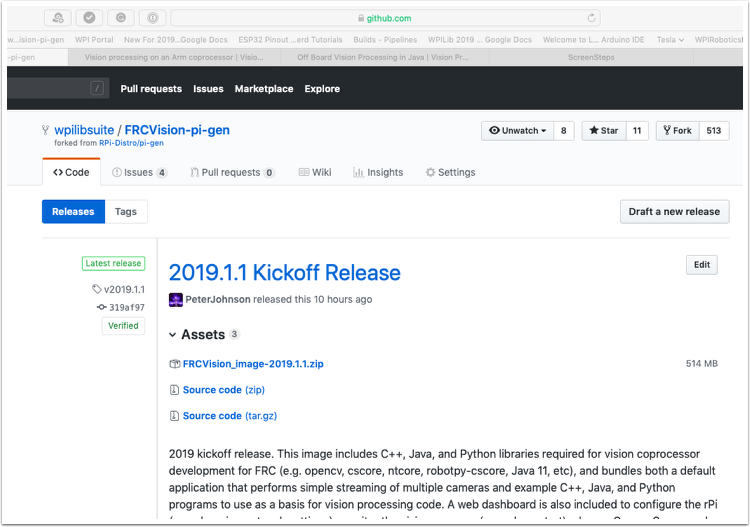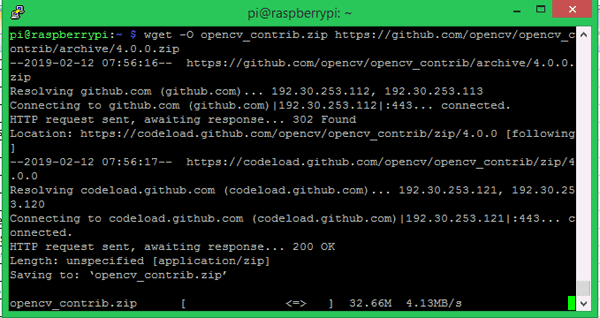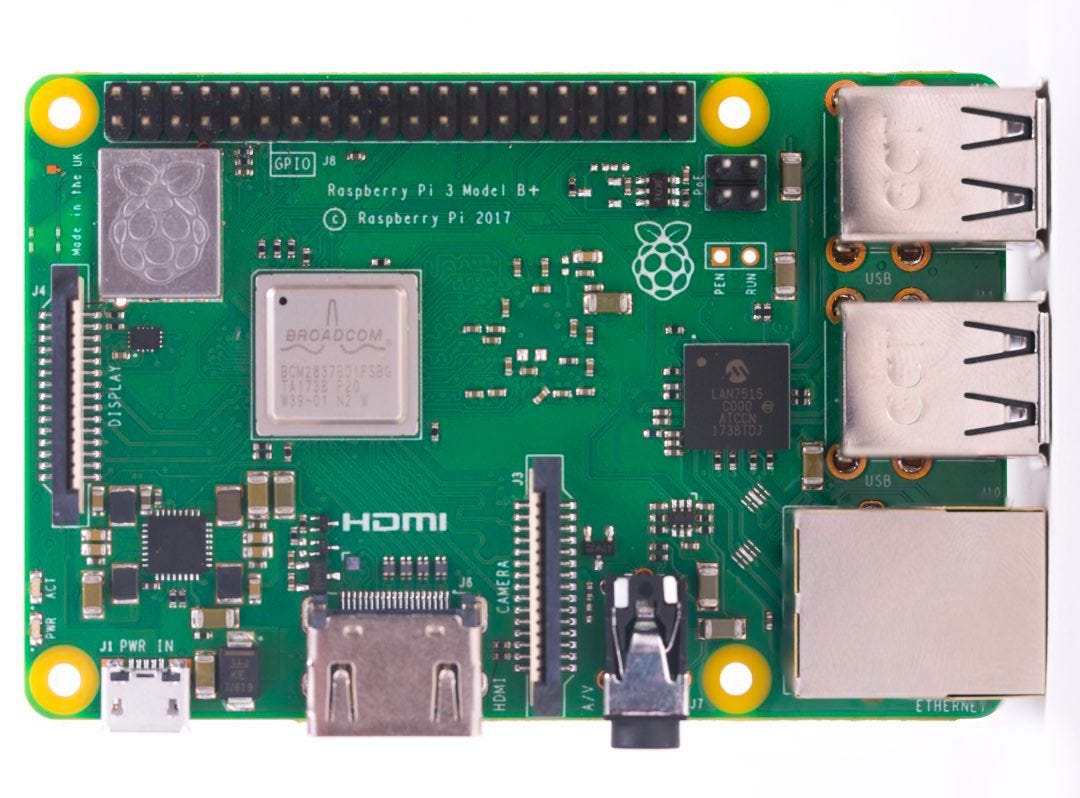


Inlein also handles dependencies so you can use external libraries easily a-la-groovy-grape. Inlein, simply said, runs a daemon dedicated to executing some Clojure code. The output can then simply be manipulated and transformed using pretty standard Clojure.īut using a different Shell altogether may seem nice on a local machine, but on a remote server, it might be harder to put in place. "README.MD\nAVERAGE.CLJ\nAVERAGE.JPG\nCARTOON.CLJ\nCAT.JPG\nHELLO.CLJ\nKERNEL.CLJ\nKERNEL.PNG\nOK.CLJ\nORIGAMI.CLJ\nRING.CLJ\nSIMPLE.CLJ\nTEMP.CLJ\nTEMP2.CLJ\nWEBCAM.CLJ\n" You can also interact and pipe the output of Shell commands direclty into collections using |> instead of |. where echo hi is standard bash coding, and the pipe | redirect to the direct Clojure conversion. Closh is like a Clojure Shell, where both Clojure and Shell commands can be used for easy files manipulation.įor example, once you have downloaded and executed it, you can write Shell code like this: echo hi | (clojure.string/upper-case) OpenCV + Apache MiniFi for IoT Scripting in ClojureĪs far as scripting goes, I like where Closh is heading. Now, more recently, Closh and Inlein have proposed interesting features that can be put into action on Raspberry Pis. It always felt as if the startup time of the JVM was getting in the way of actually enjoying and wanting to conduct scripting in Clojure. There have been recent scripting changes with Clojure, mostly with boot.clj and lein-exec.

Take a closer look at OpenCV scripting on Raspberry Pis with Clojure


 0 kommentar(er)
0 kommentar(er)
